DIY Kitchens Direct
Own your project with a high quality Self-Install Kitchen.
Discover premium quality kitchen styles, expert advice, and innovative designs tailored for the Do-It-Yourself enthusiast.
Lower price Kitchens than DIY, Howdens, Magnet, Wickes & More
Kitchen savings are based on recent real customer kitchen quotations. Click to view real kitchen quotes
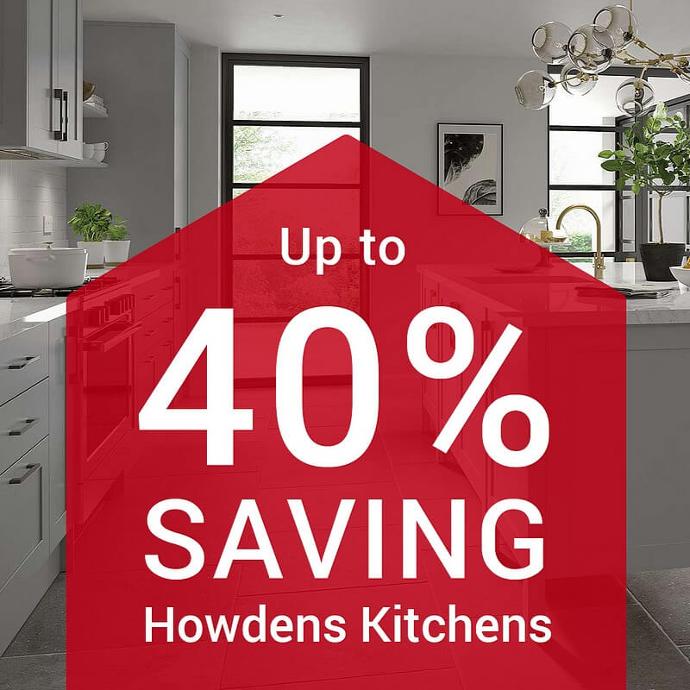 Howdens Kitchen
Howdens Kitchen
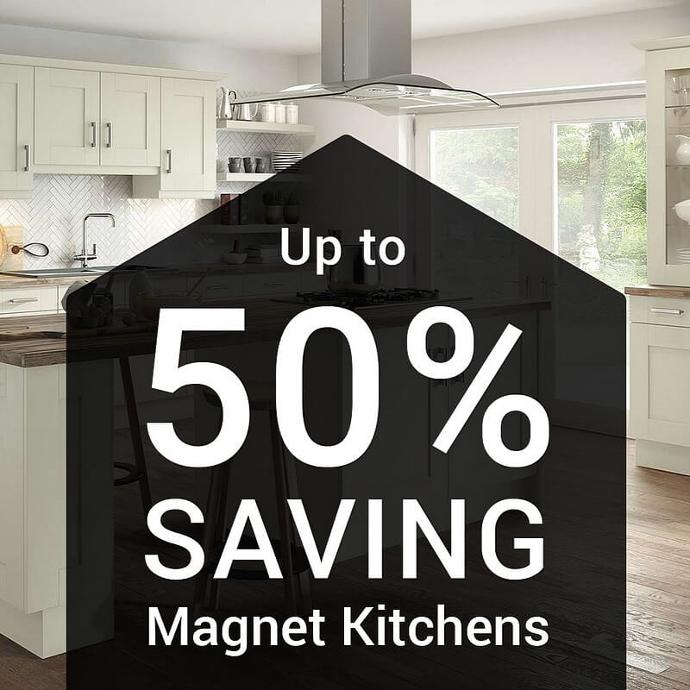
Magnet Kitchen
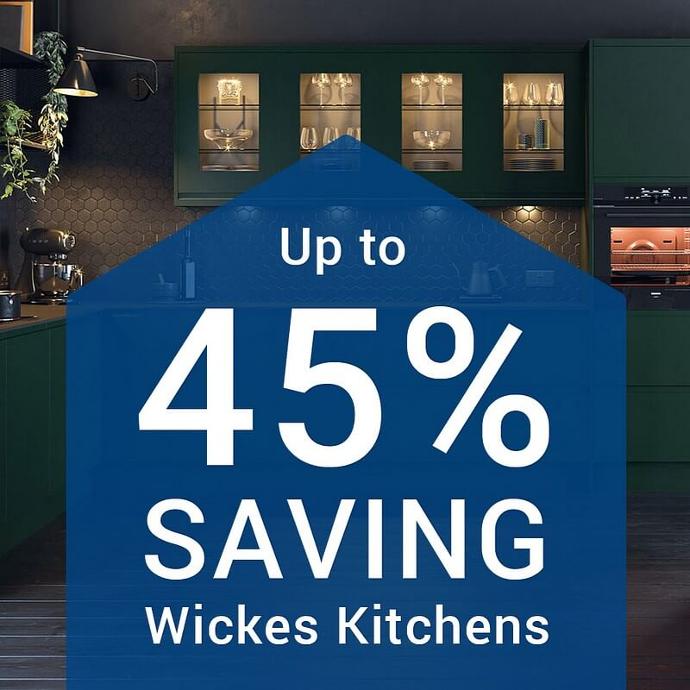
Kitchens Wickes Kitchen
Send us your competitor kitchen quotation and see how much you could save! Upload Quotation
Online Self Install Kitchens at Affordable Prices!
By eliminating the middleman, we maintain high quality while keeping prices low.
With prices up to 50% lower than those on the High Street or in the trade sector, our DIY Kitchen Units range offers a blend of style, functionality, and personalisation - ensuring a stunning result without making a dent in your pocket.
From design to delivery, Better Kitchens is here to assist you every step of the way.
Find your perfect Range, Style and Colours.
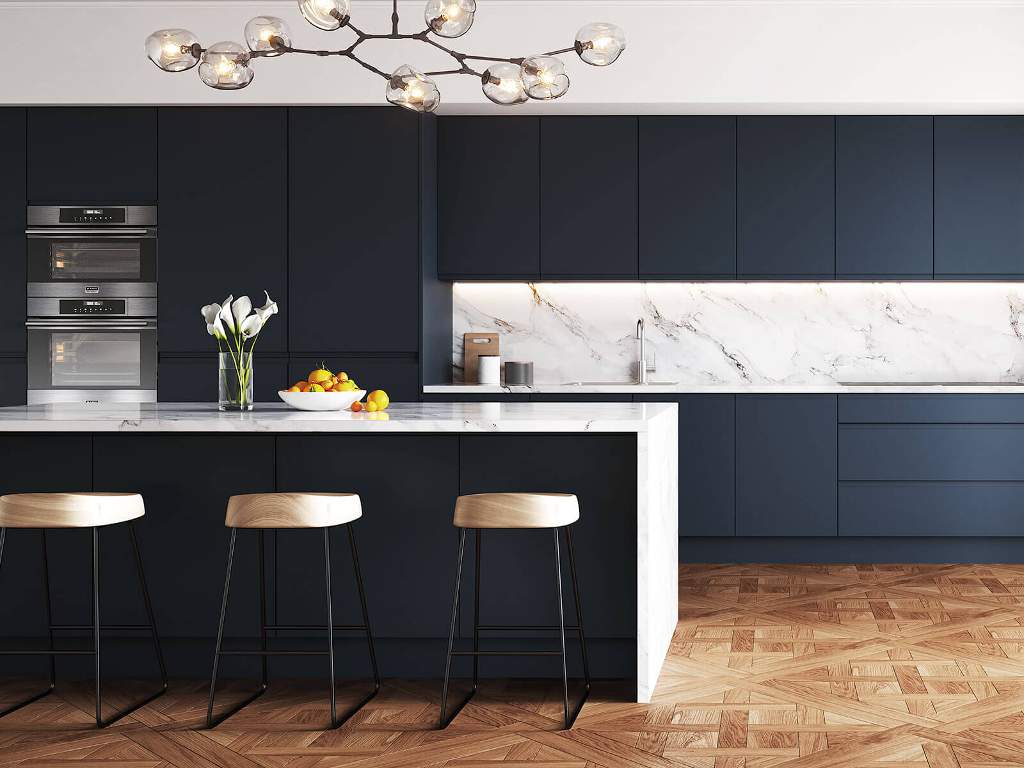
Handleless
DIY Handleless kitchens combine clean looks with practical design. Their smooth, uninterrupted lines create a minimalist style that suits modern homes.
By removing protruding handles, the layout feels more open and streamlined, which appeals to anyone who likes a simple, refined finish.
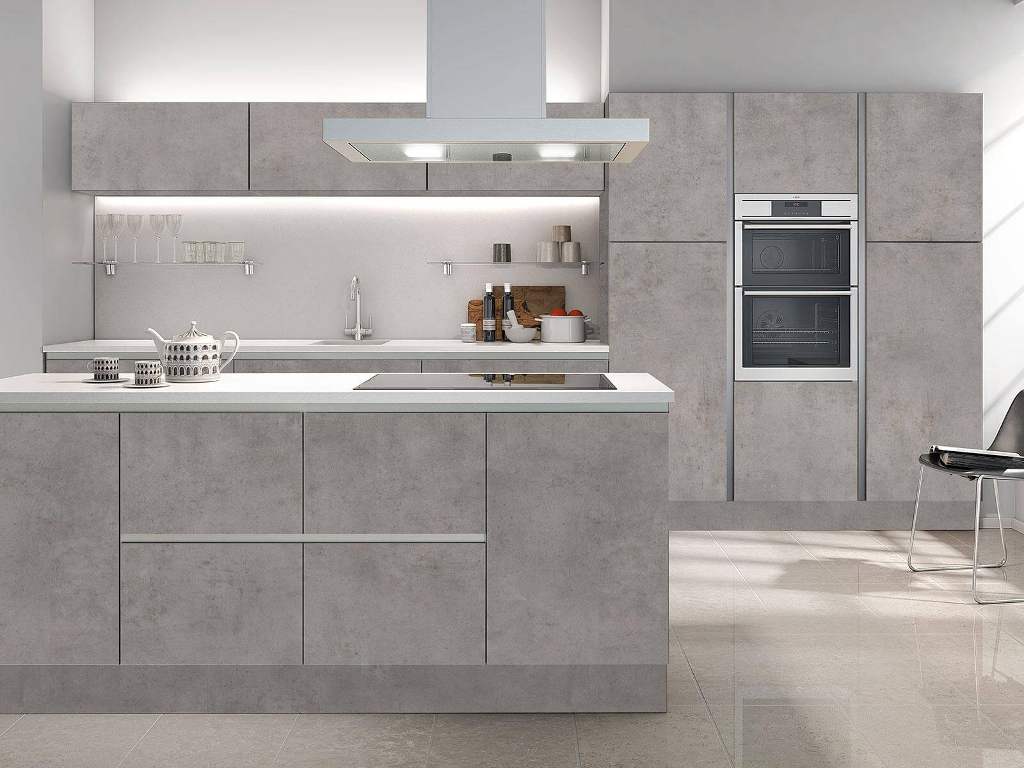
True Handleless
True Handleless Kitchens take the concept of the Handleless design a step further. Often referred to as 'Gola Rail Kitchens', they feature a continuous handle groove built directly into the cabinet, offering an even sleeker look.
It's a design choice that champions a modern kitchen, a clean aesthetic, making any kitchen space feel more expansive and luxurious.
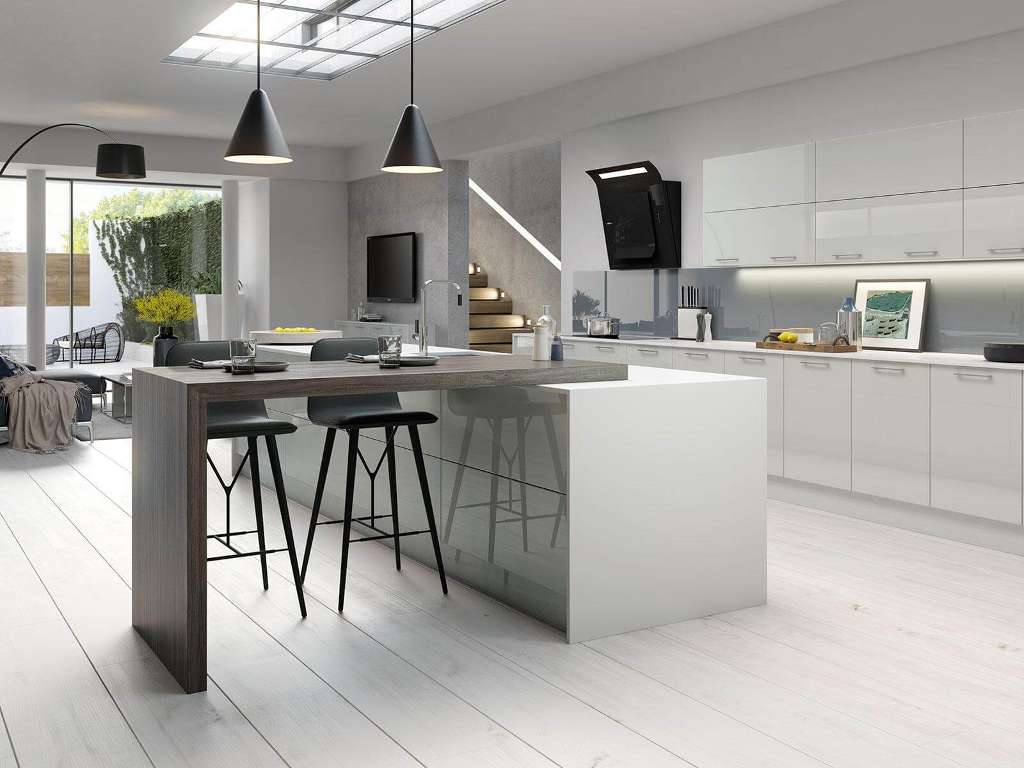
Modern
Modern DIY kitchens focus on smart design and practicality. They combine up-to-date looks with useful features, making them both stylish and efficient.
Think clean lines, bold colours, and open layouts—ideal for how people live today.
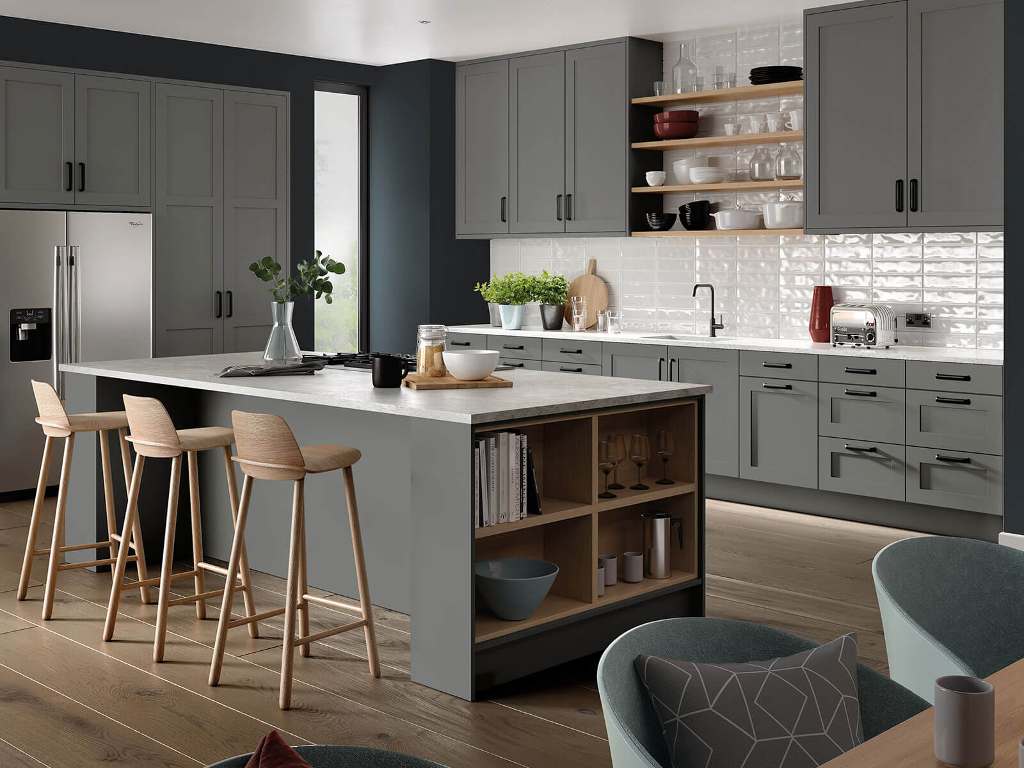
Shaker
Shaker kitchens take their cue from traditional Shaker design, with a focus on simplicity and function. The panelled doors and classic style give them a timeless feel, while still fitting into modern homes.
They strike a balance between old and new, with a look that values honest design and solid
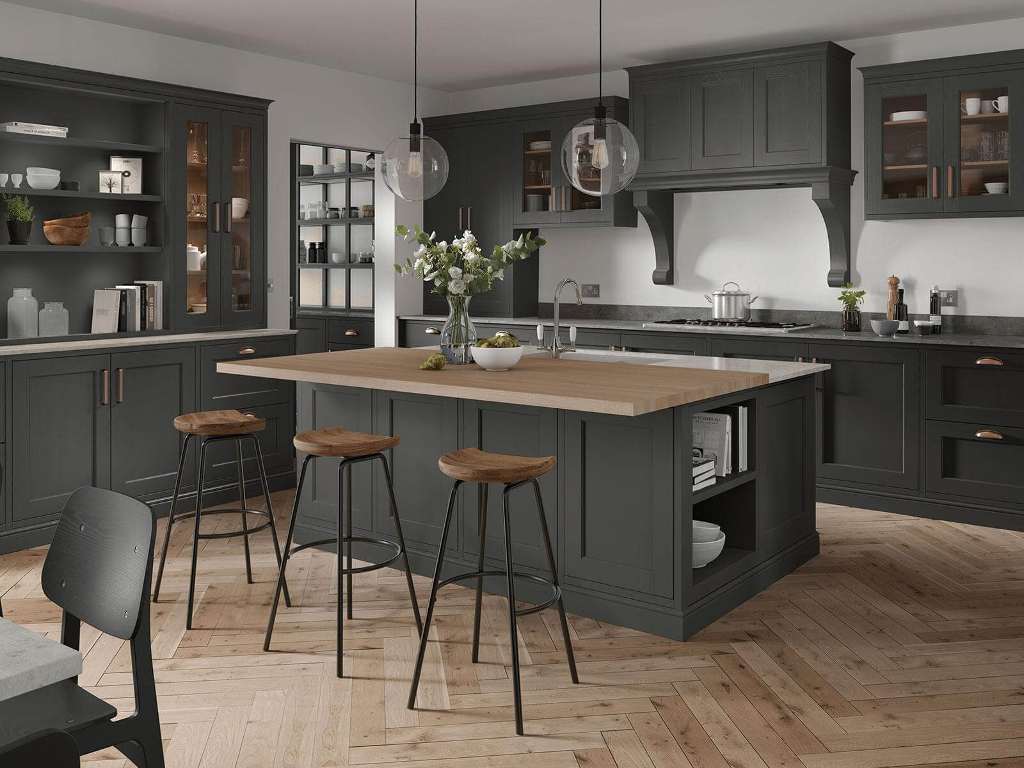
Traditional
Traditional kitchens draw on classic design, full of character and detail. With features like decorative mouldings, soft colour tones, and timeless finishes, they echo styles from the past.
They suit anyone who values a warm, familiar feel - keeping the kitchen as the true centre of the home.
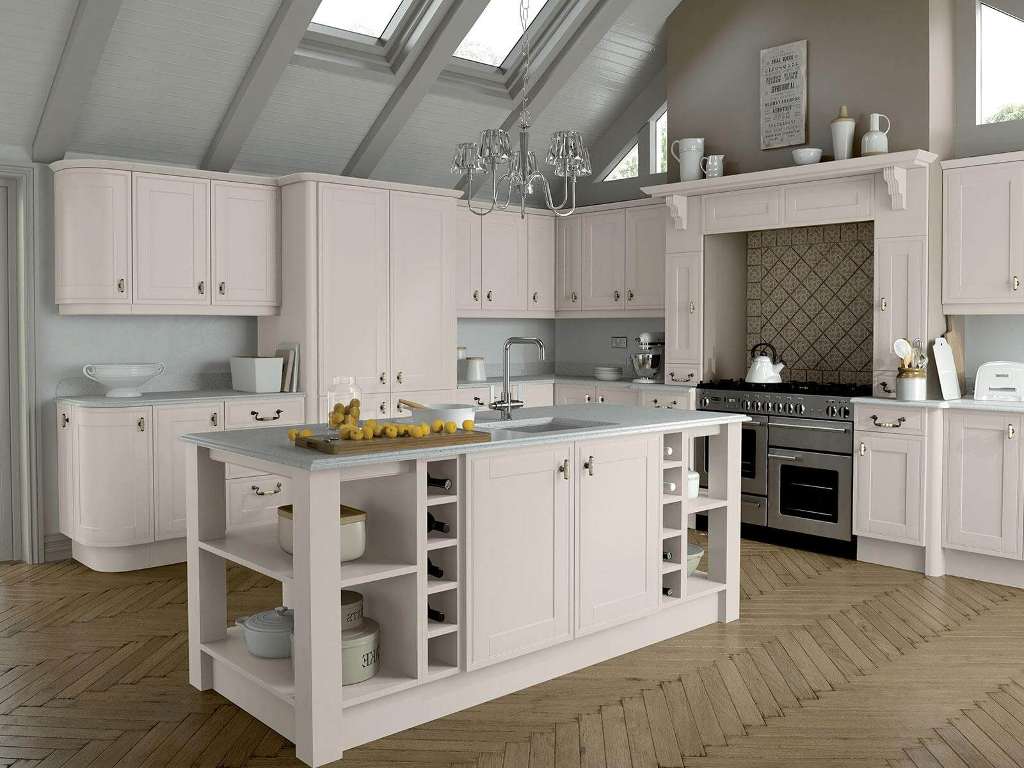
In-Frame Effect
In-Frame Effect kitchens recreate the classic look of framed doors using modern construction.
They give the appearance of doors set within a frame, like traditional in-frame kitchens, but are built with today’s materials and methods. You get the style of the past with the ease of the present.
Self-Install Kitchens: A Practical Choice for DIY Home Owner
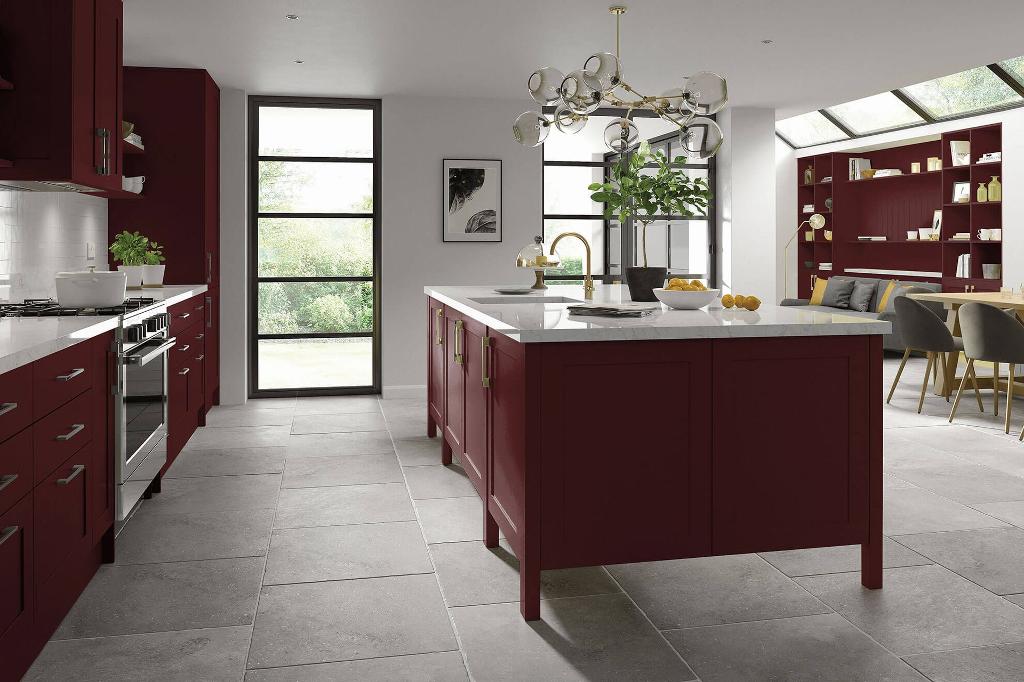
DIY is more popular than ever, and kitchens are no exception. Whether it’s a standard layout or a custom self-install design, more people are choosing to build their own kitchens to suit their style and needs.
It’s a hands-on way to create a space that works for you.
What are DIY Kitchen Units?
A DIY kitchen is one you build and fit yourself. You order the units, worktops, and sometimes appliances, then carry out the installation without hiring a professional. Units are usually supplied flat-packed, though some come pre-assembled.
It’s a more affordable option and gives you more control over the layout and finish, but it does take time, effort, and a bit of skill to get right.
Choosing a Do-it-Yourself Kitchens?
Building your own kitchen can be rewarding. A DIY kitchens for you at a cost-effective price point and give you full control over the design, inside and out.
Whether you prefer a handleless look or a classic painted style, there’s something to suit every taste.
Design Trends
2025 kitchen trends mix modern and traditional styles to suit a wide range of tastes. The return of the In-Frame Effect kitchen shows how classic design still holds appeal, now updated with a more modern edge. It’s a mix of familiar style with today’s clean finish.
Sustainability is no longer just a trend—it’s expected. Eco-friendly choices are becoming standard in kitchen design.
You can choose bamboo worktops, recycled glass surfaces, or energy-efficient appliances to reduce impact while still keeping a clean, modern look. There are plenty of options that let you build a kitchen that’s both smart and sustainable.
Quality DIY Kitchens Online
We supply durable, ready-assembled kitchen cabinets that are easy to fit. With over 1000 unit options, you’ve got flexibility to match your layout and style.
Each cabinet is made with 18mm Egger MFC and 18mm back panels on base units for strength. Soft close drawers and hinges come as standard. Every unit is made to order, giving you a reliable, tailored setup.
The Best DIY Kitchens Alternative
Looking for a DIY Kitchens alternative that offers the same quality but with more choice and support? Better Kitchens gives you exactly that. With over 1,000 cabinet options, free online planning tools, and the option to have your kitchen supplied fully assembled or flatpacked, we make it easy to get great value without compromise.
The Process: Buying a DIY Kitchen to Installation
Kitchen renovations are now easier than ever. You can design and order your first kitchen without leaving home.
But while it’s more convenient, it still takes a mix of planning, creativity, and clear decisions. This section will guide you through the steps of buying a new kitchen online, so you know what to expect.
Step 1: Research and Planning
Good planning starts with solid research. There are plenty of online tools and resources to help you shape your ideas. Look through different styles - modern, traditional, or something in between—and think about the materials and features that matter to you.
From quartz worktops and storage units to sinks, lighting, and even replacement doors, there’s a wide choice available.
Use online kitchen planners to test layouts and styles. Better Kitchens, for example, offers a free planner where you can build and view your kitchen in 3D. If you’re unsure, get advice—many sites now offer support to help you make confident decisions.
Step 2: The Ordering Process
Once your plan is ready, it’s time to place your order. Most online systems are straightforward and guide you through each step - review the layout, pick your materials, and confirm your order. Payments are simple, with various options available.
Use a checklist to make sure nothing’s missed. If anything’s unclear, contact customer support. They’re there to help you get it right.
Step 3: Delivery and Installation
As delivery and installation get closer, check the delivery details and make sure your area is covered. It’s also worth having a quick call or meeting to confirm timings and next steps.
On installation day, clear the space so fitters can work without delays. A bit of prep goes a long way to keeping things smooth.
Step 4: Review and Enjoy
Once installation is done, check everything carefully. Make sure units and cabinets are fitted as expected, and speak up if anything’s not right.
Then it’s time to enjoy it - cook, eat, and make the most of your new kitchen.
Real-life DIY Kitchen Transformations from Better Kitchens
Transforming a kitchen takes planning, ideas, and a clear sense of what you want. The Better Kitchens community has shared some great examples, each one shaped by personal style and practical needs.
From Tanya S’s smooth planning in Cambridgeshire to Olivia’s creative layout in Ipswich, these real projects show what’s possible with online kitchen design.
They reflect current trends and personal choices, proving that with the right tools, you can build a kitchen that really works for you.
See Our Customers Finished Kitchens
DIY Kitchen Units: A Straightforward Guide to Buying a Kitchen Online
Planning your own DIY kitchen might feel like a lot, but it doesn’t have to be complicated. If you’ve decided to skip the showroom and buy your kitchen units online, this guide will help you make sense of the process. From choosing flat pack kitchens to understanding cabinet styles, we'll walk through everything clearly, with no fluff or sales pitch.
This article is for you if you're working on a new kitchen project and want a solid, practical breakdown of how to approach it yourself. We'll cover how to measure up, choose your layout, pick your kitchen door style, and place an order that suits your budget and space.
Article Outline
-
What does a DIY kitchen involve?
-
How do I measure up and plan my kitchen design?
-
What’s the difference between flat pack and pre-assembled kitchen units?
-
Are online kitchens really showroom quality?
-
How do I choose between gloss, shaker, and other kitchen door styles?
-
What makes a kitchen cabinet high quality?
-
Do flat pack kitchens include everything I need?
-
What is a true handleless kitchen?
-
Are DIY kitchen units easy to install without a fitter?
-
Can I really buy a complete kitchen online and get it delivered?
1. What does a DIY kitchen involve?
A DIY kitchen means you take charge of the whole process—from measuring your space to choosing your kitchen units and managing installation. You can still bring in a fitter, but the decisions start with you.
Many people choose DIY to save money or to get better choice than they would from a high street kitchen retailer. You’re not limited to one brand or kitchen range, and you often get more detail on things like carcasses and doors, door style, and worktops.
You’ll also find that quality DIY kitchens aren’t second-rate. In fact, some online retailers offer high-quality kitchen units that are made in Britain, available at trade prices, and often match or beat what’s on offer in store.
2. How do I measure up and plan my kitchen design?
The first job is knowing the dimensions of your room. Use a tape measure and draw a basic layout showing walls, windows, doors, and anything that might affect placement—like a boiler or waste pipe. This gives you a clear base for your kitchen design.
Most good suppliers offer a free kitchen planner tool online. These help you try out layouts, check for awkward gaps, and build a list of kitchen units that fit your space.
Even if you’re not designing the kitchen from scratch, having your own measurements lets you make better decisions and ask for the right sizes when browsing a huge range of products.
3. What’s the difference between flat pack and pre-assembled kitchen units?
Flat pack kitchens are delivered as separate parts—each cabinet comes in pieces for you or your fitter to assemble. They're easier to transport and usually cheaper. Most standard DIY kitchen suppliers focus on this format.
Pre-assembled (also called fully built) kitchen units arrive already put together. These save time on site and reduce the chance of errors with fittings or hinges. Some customers prefer this when time is short or they want help with complex layouts.
Both options can still be high-quality kitchen products. Look out for details like soft close drawers, solid carcases, and proper fixings. Assembly doesn’t define the finish—it’s all in how the units are manufactured.
4. Are online kitchens really showroom quality?
Yes—if you’re buying from a reputable brand, many DIY kitchens online are the same as you'd find in a showroom. You just skip the markup and the salesperson.
These kitchen units online often come from the same factories that supply retail chains. Some are even supplied by DIY Kitchens that have built a reputation through transparency and user-generated content, like a showroom tour or real kitchen examples.
To check for showroom quality, ask about the thickness of the carcass, finish on the edges, and what sort of hinge system is used. It’s also worth seeing if doors and accessories are included or if these are extras.
5. How do I choose between gloss, shaker, and other kitchen door styles?
The kitchen door is what sets the tone. If you’re after something modern and sleek, high gloss doors in white or grey can reflect light and keep things simple. They're common in modern diy kitchens and easy to clean.
For a more traditional look, the classic shaker design is a strong choice. It works in both period homes and updated spaces. Available in many colours, from dust grey to indigo, shaker doors add character without being fussy.
There are other kitchen styles too—woodgrain, matt painted, or true handleless for a very clean finish. Think about how the door will look with your flooring, wall tiles, and worktops before making your decision.
6. What makes a kitchen cabinet high quality?
It starts with the carcass. Look for 18mm thick board as standard (including the back panel). A solid back adds strength, especially for wall units. Edges should be sealed properly to stop moisture creeping in.
Drawers should glide smoothly and close softly. Good ones have metal sides and strong bases to cope with heavy items. Soft close hinges and drawer runners are now standard in most quality diy kitchens.
Don’t overlook hidden bits like shelf pegs and corner fixings. These matter just as much as colour or style when you’re fitting the kitchen and using it daily.
7. Do flat pack kitchens include everything I need?
Usually, yes—but check the details. A standard unit will come with its carcase, fixings, shelf, and back panel. Doors and handles might be listed separately, depending on how the range is set up.
Some suppliers let you pick your door style later to suit your design. Others include complete kitchen units so you don’t need to order parts individually.
If you’re doing a full kitchen, don’t forget to include end panels, plinths, pelmets, and other finishing pieces. These create a professional fit and match the style and colour of your chosen doors.
8. What is a true handleless kitchen?
A true handleless design has a recessed aluminium rail along the top edge of the cabinet. This means you open the doors or drawers by pulling behind the door, not using a handle. It’s different to a shaker or J-pull handleless front.
You’ll need special carcases to support the rails, so it’s not just a door change. The result is a very streamlined finish that suits open-plan and modern homes.
This kitchen range is growing in popularity, especially with high gloss or matt painted finishes. It’s also used in bespeak kitchens where the customer wants a very tailored look.
9. Are DIY kitchen units easy to install without a fitter?
If you’re confident with tools and can follow instructions, many DIY kitchen units are fine to fit yourself. Wall units need to be safely anchored, and you’ll need to be accurate with things like hinge placement and levelling base cabinets.
Some customers do the layout themselves but bring in a fitter for plumbing or electrics. Installing a sink or cutting worktops is where experience really matters. You may also need new plumbing or tiling, depending on the layout.
If the units are delivered fully assembled, you save time but still need a plan for installation. Either way, factor in that some help might still be needed to get it right.
10. Can I really buy a complete kitchen online and get it delivered?
Yes—and many people do. When you buy your kitchen online, the process is often clearer than walking into a shop. You pick what you need, add it to your basket, and book a delivery time that works for you.
You can browse a huge range of kitchen door styles, cabinet sizes, and colours. Some kitchens are made to order, and others are ready within a few days. Look for listings that show current lead times and options for colour-matching or changes.
Whether you’re going for flat-pack or fully built, you’ll get the same outcome—a fitted beautiful kitchen that fits your space and budget, with no high street kitchen pricing or showroom pressure.
Summary: Key Points to Remember
-
A DIY kitchen puts you in charge of choosing, planning, and fitting your new space.
-
Measure carefully and use a kitchen planner or layout tool before placing any order.
-
Understand the pros and cons of flat pack kitchens vs. pre-assembled kitchen units.
-
High-quality kitchen units online can match or exceed showroom quality.
-
Choose your kitchen door style based on looks, maintenance, and layout.
-
Look for strong carcasses, soft close features, and good finish quality.
-
Check what's included—some complete kitchen units still require doors or accessories to be added separately.
-
True handleless designs need specific cabinet types and suit very modern looks.
-
If you’re unsure about installation, a fitter can handle complex parts like worktops or new plumbing.
-
Buying a kitchen online can be easier and cheaper than going to kitchen retailers, with the same design freedom.
DIY Kitchen FAQs:
What is a DIY kitchen?
A DIY kitchen is one that you buy and install yourself, without using a professional fitter. Units often come flat-packed, and you handle the planning, fitting, and finishing work.
Are DIY kitchens cheaper than fitted kitchens?
Yes, DIY kitchens are usually more affordable because you save on labour costs. You can also control your budget more closely by choosing exactly what you need.
Can I fit a DIY kitchen myself with no experience?
You can, but it depends on your confidence with tools and following instructions. Many DIY kitchens are designed for easy fitting, but tasks like plumbing or electrics may need a professional.
How long does it take to install a DIY kitchen?
It varies. A small kitchen might take a weekend if you’re organised. Larger or more complex kitchens could take a week or more. Pre-assembled units can save time.
What tools do I need to fit a Self Install kitchen?
Basic tools include a drill, screwdriver, spirit level, measuring tape, and jigsaw. A mitre saw and clamps can also help if you're cutting worktops or panels.
Can I customise a DIY kitchen layout?
Yes. Most DIY kitchen suppliers offer a range of unit sizes and accessories so you can design a layout to fit your space and needs.
Are flat-pack or rigid DIY kitchens better?
Flat-pack units are cheaper and easier to store, but take longer to assemble. Rigid units are pre-built and quicker to fit but cost a bit more and need more delivery space.
Do DIY kitchens come with instructions?
Yes. Each unit usually comes with clear step-by-step instructions. Many suppliers also offer online videos and planning tools.
Where can I buy a DIY kitchen in the UK?
You can buy DIY kitchens online from suppliers like Better Kitchens, B&Q, Wickes, and IKEA. Better Kitchens offers over 1000 unit options with pre-assembled delivery.
Are DIY kitchens a good long-term choice?
Yes. A well-planned DIY kitchen using quality materials can last just as long as a fitted kitchen—especially if installed carefully.

